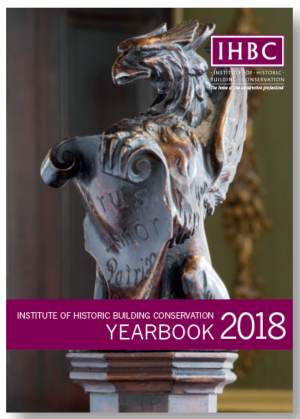 In his introductory piece in the 2018 IHBC yearbook Chair James Caird writes a general review of the origins and purpose of the IHBC and its current place in the heritage sector.
In his introductory piece in the 2018 IHBC yearbook Chair James Caird writes a general review of the origins and purpose of the IHBC and its current place in the heritage sector.
James Caird writes:
‘Heritage is a very strong component of ‘place-making’. Heritage places have premium values and host premium economies. People like heritage. Nor should heritage values be considered regressive. Heritage buildings are inherently sustainable, with their embodied energy and enormous flexibility for reuse. Using the appropriate techniques, heritage buildings are widely restored, adapted and reused for 21st-century uses in very appealing and imaginative ways. What is needed is more of such developments, not fewer. This strengthens the core role of the IHBC: the improvement of the whole spectrum of conservation practice, from master planning and place-making, building procurement and design, to restoration practice and implementation. At this latter end of the spectrum lies the all-important aspect of building craft skills. The best of conservation proposals can be undermined by unsatisfactory execution, so maintaining a competent workforce must be a primary concern. To this end the IHBC contributes to the work of the Council on Training in Architectural Conservation….’
‘The IHBC is also exploring how it might extend its work internationally. The alignment of IHBC policy and practice with international standards such as those of ICOMOS has always been important to us. This importance is reinforced by the need for the UK to be outward-facing in the new political and economic structures in which we find ourselves as well as ensuring that the UK’s conservation standards continue to be reinforced by the best practice of the wider world’.
For the full text see your local Yearbook.
See background to the Yearbook
